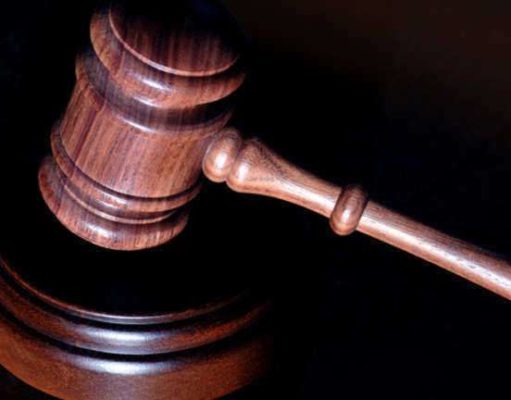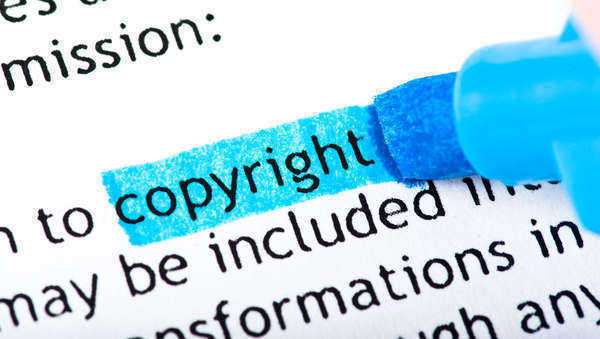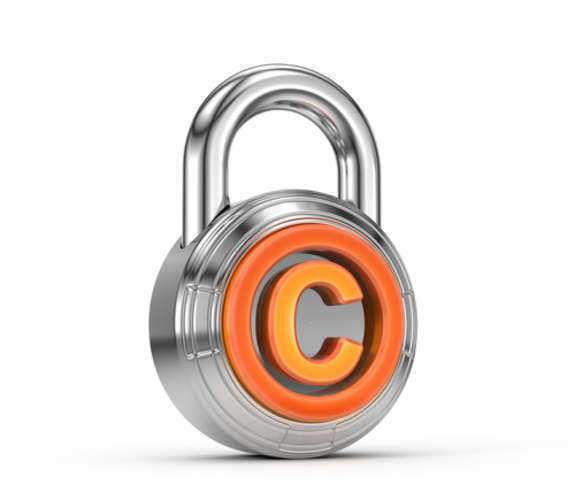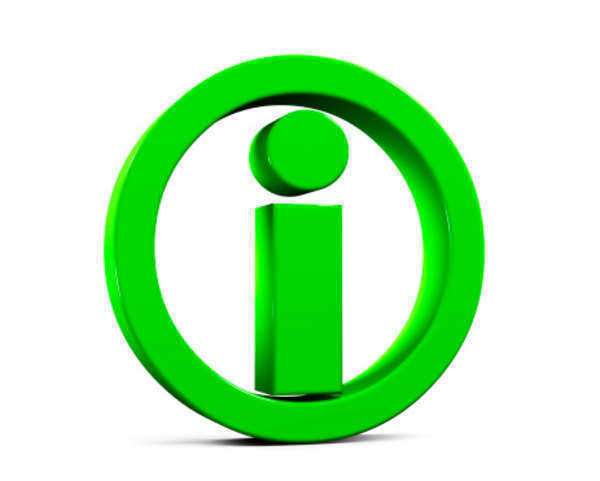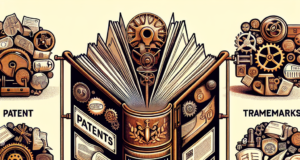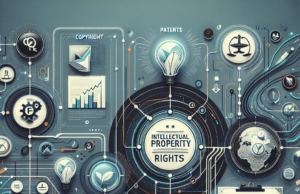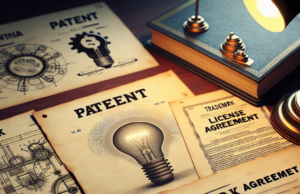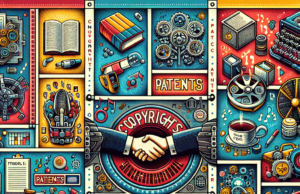Unveiling the Shocking Shift: Major Changes in Copyright Policy Ahead
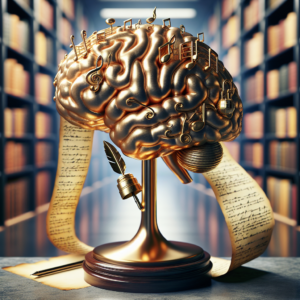
In a rapidly evolving digital landscape, the realm of copyright policy is undergoing a significant transformation. As technology continues to reshape how content is created, shared, and consumed, lawmakers and industry stakeholders are grappling with the implications of these changes. The recent announcement of major shifts in copyright legislation has sent ripples through creative industries, prompting discussions about the future of intellectual property rights. This article delves into the current landscape of copyright policy, the factors driving recent changes, and the potential consequences for creators and consumers alike.
Understanding the Current Landscape of Copyright Policy and Its Implications
The current landscape of copyright policy is characterized by a complex interplay between traditional legal frameworks and the demands of a digital economy. Established to protect the rights of creators, copyright laws have historically focused on tangible works, such as books, music, and films. However, the rise of digital platforms has blurred the lines of ownership and distribution, leading to widespread concerns about piracy, fair use, and the monetization of creative content. As a result, policymakers are increasingly challenged to adapt existing laws to address the nuances of digital content, ensuring that creators are fairly compensated while also fostering innovation and access for consumers.
Key Factors Driving the Recent Changes in Copyright Legislation and Enforcement
Several key factors are driving the recent changes in copyright legislation and enforcement. First and foremost, the exponential growth of digital content consumption has necessitated a reevaluation of existing copyright frameworks. With platforms like YouTube, Spotify, and social media enabling unprecedented access to creative works, lawmakers are under pressure to create regulations that protect creators while also accommodating the needs of consumers. Additionally, the rise of artificial intelligence and machine learning technologies has introduced new complexities, as these tools can generate content that raises questions about authorship and ownership. The convergence of these factors has prompted a legislative response aimed at modernizing copyright laws to reflect the realities of the digital age.
Analyzing the Impact of Digital Transformation on Copyright Regulations
Digital transformation has fundamentally altered the way content is produced, distributed, and consumed, leading to significant implications for copyright regulations. The shift from physical to digital media has made it easier for users to access and share content, often without proper attribution or compensation to the original creators. This has resulted in a growing call for stronger enforcement mechanisms to combat copyright infringement, as well as a push for clearer guidelines on fair use. Furthermore, the rise of user-generated content and collaborative platforms has challenged traditional notions of authorship, prompting a reevaluation of how copyright laws can adapt to accommodate new forms of creativity and expression in the digital realm.
The Role of Technology Companies in Shaping Future Copyright Policies
Technology companies play a pivotal role in shaping the future of copyright policies, as they are both facilitators of content distribution and targets of regulatory scrutiny. Major platforms like Google, Facebook, and Amazon have significant influence over how copyright laws are interpreted and enforced, often advocating for policies that prioritize user access and innovation. However, these companies also face increasing pressure from creators and rights holders to implement more robust protections against copyright infringement. As stakeholders in the copyright ecosystem, technology companies must navigate the delicate balance between fostering creativity and ensuring that creators receive fair compensation for their work, making their involvement in policy discussions crucial for the future of copyright.
Potential Consequences for Creators and Consumers in the New Copyright Era
The impending changes in copyright policy are likely to have far-reaching consequences for both creators and consumers. For creators, the new regulations may offer enhanced protections and clearer pathways for monetization, potentially leading to increased revenue streams and greater recognition for their work. However, there is also the risk that overly stringent regulations could stifle creativity and limit access to content, particularly for independent artists and smaller creators. For consumers, the evolving copyright landscape may result in a more complex environment for accessing content, with potential restrictions on sharing and remixing works. Striking the right balance between protecting creators’ rights and ensuring consumer access will be a critical challenge in the new copyright era.
Navigating the Future: Strategies for Adapting to Evolving Copyright Norms
As copyright policies continue to evolve, both creators and consumers must develop strategies to navigate the changing landscape. For creators, staying informed about new regulations and leveraging technology to protect their work will be essential. This may involve utilizing digital rights management tools, engaging with legal experts, and actively participating in discussions about copyright reform. Consumers, on the other hand, should be aware of their rights and responsibilities when it comes to accessing and sharing content, fostering a culture of respect for intellectual property. By embracing a collaborative approach that prioritizes both creativity and compliance, stakeholders can adapt to the evolving copyright norms and contribute to a more equitable digital ecosystem.
The unveiling of major changes in copyright policy marks a pivotal moment in the ongoing dialogue about intellectual property rights in the digital age. As the landscape continues to shift, it is imperative for all stakeholders—creators, consumers, and technology companies—to engage in constructive discussions that prioritize innovation while safeguarding the rights of creators. By understanding the implications of these changes and adapting to new norms, we can work towards a future where creativity thrives alongside fair and equitable copyright protections.

